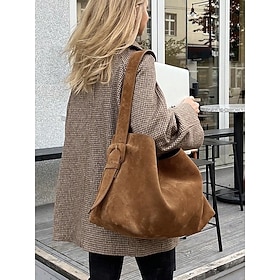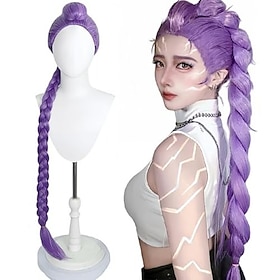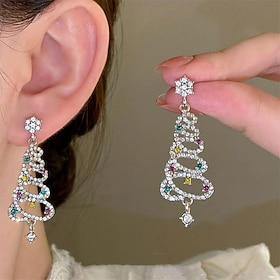For people experiencing hair loss or undergoing medical treatments, the best type of wig is one that prioritizes comfort, breathability, and a natural look – usually a hand-tied wig with a full lace or monofilament cap. These wigs are softer on sensitive scalps and are designed to mimic natural hair movement and hairlines.
This page contains affiliate links. See our disclosure for details.
Hand-tied wigs are made by individually attaching each hair strand to the cap, which not only creates realistic flow but also reduces friction against the scalp. A monofilament top allows for natural parting and a more lifelike appearance, while lace fronts blend seamlessly into the skin, giving the illusion of natural growth along the hairline. Many medical-grade wigs are also designed with lightweight, hypoallergenic materials, which help reduce irritation, especially during chemo, radiation, or autoimmune-related hair loss.
Some wigs even come with silicone or velvet linings to prevent slipping and provide a more secure feel without needing glue. For people who want flexibility and minimal fuss, glueless options with adjustable straps and soft caps can also offer day-long comfort without adhesives.
For anyone navigating hair loss, the right wig isn’t just about coverage — it’s about self-esteem, identity, and feeling a sense of normalcy. Choosing a wig that feels good, looks natural, and stays comfortable can be a powerful step toward restoring confidence.
Here are a few more wig-related questions we’ve answered:
- What is the most comfortable wig ever?
- What Type of Wig Is Best for Daily Use?
- Why is my wig so uncomfortable?
- What’s the best way to secure a wig all day?
Discover focused answers in our – Wig Questions & Real Answers section.














